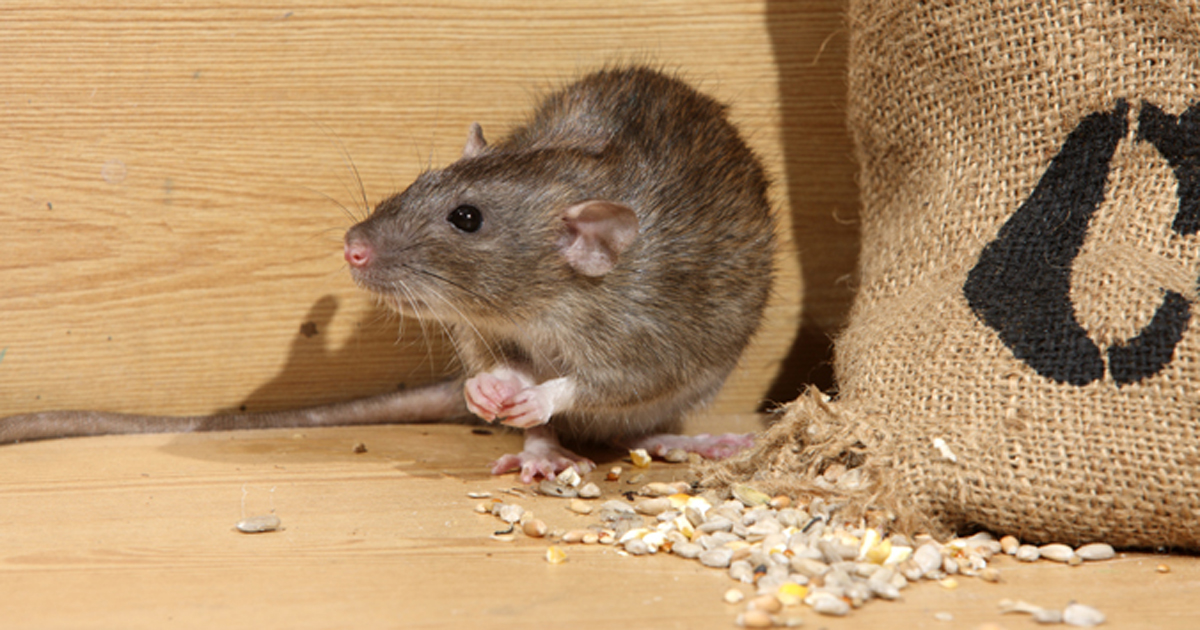L. infantum prevalent among Barcelona sewer rats
Around one-third of Norway rats, or Rattus norvegicus, captured in the sewers of Barcelona tested positive for Leishmania infantum, indicating a public health concern, researchers said.
Writing in Emerging Infectious Diseases, Maria Teresa Galán-Puchades, PhD, professor in the department of parasitology at the University of Valencia in Spain, and colleagues explained that L. infantum can cause leishmaniasis, which is endemic in humans in Barcelona.
The researchers investigated the presence of L. infantum among the urban population of Norway rats.
“Rat leishmaniasis could complicate the epidemiologic situation of human and canine leishmaniasis, considering that the Norway rat is the most widespread mammal in the world after humans and also the most abundant animal in cities,” Galán-Puchades and colleagues wrote.

During the winter of 2016-2017, the researchers trapped 98 Norway rats, including 84 that came from the sewage system and 14 from parks, according to the study. Of the rats captured in parks, only one tested positive for L. infantum. The prevalence of L. infantum infection among the rats captured in the sewer, however, was 33.3%.
“The low number of infected Norway rats found in Mediterranean countries in Europe so far has led to the species being categorized as an incidental host, capable of becoming infected but considered irrelevant to the long-term persistence of the disease,” Galán-Puchades and colleagues wrote. “However, our study demonstrates the importance of the trapping site for finding a large Leishmania-infected rat population.”
According to the researchers, there is a suspected 0.13 rat-per-person population in Barcelona, when counting only sewer rats. The findings from this study suggest that there could be more than 70,000 rats with leishmaniasis in the sewers of Barcelona, which Galán-Puchades and colleagues said is a “figure of public health concern for a potential reservoir.”
“If future xenodiagnostic studies determine that sand flies become infected successfully by the rats, as has already been demonstrated in the case of its congener, the black rat, (R. rattus), the finding of a new reservoir, besides the dog, would be a major advance in the epidemiology of leishmaniasis,” they wrote. “However, the complexity of rat control would represent a great hindrance to overcome.” – by Marley Ghizzone
Disclosures: The authors report no relevant financial disclosures.
